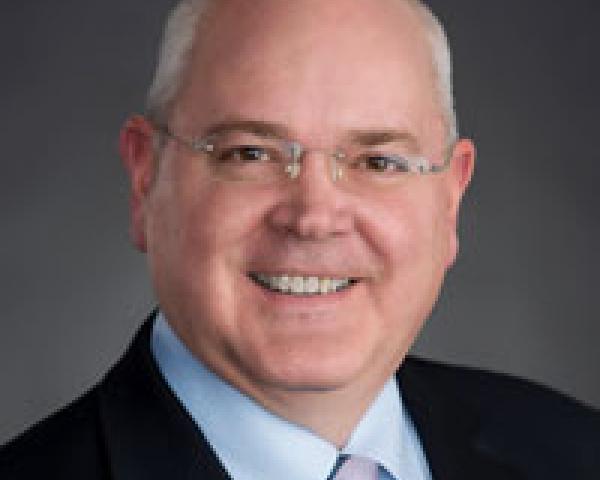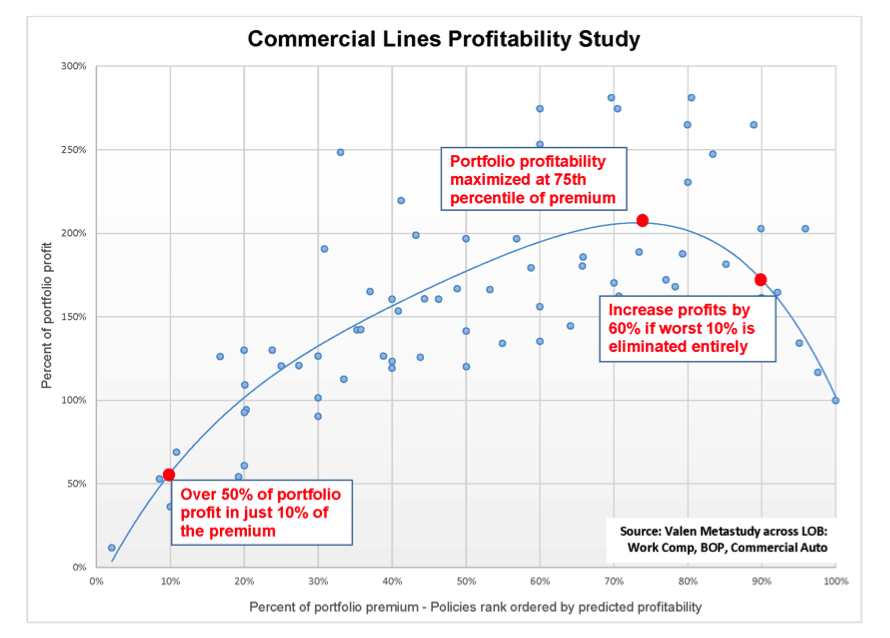Businesses, brace yourself for health plan enforcement! With the Supreme Court's much anticipated June 25, 2015, King v. Burwell decision dashing the hope that the Supreme Court would provide relief for businesses and their group health plans from the Patient Protection and Affordable Care Act (ACA) mandates by striking down ACA, U.S. businesses that offered health coverage in 2014 and those continuing to sponsor health coverage must swiftly act to review and verify the adequacy of their 2014 and current group health plan's compliance with ACA and other federal group health plan mandates. Business must also begin finalizing their group health plan design decisions for the coming year.
Prompt action to assess and verify compliance is particularly critical in light of the much-overlooked "Sox for Health Plans" style rules of Internal Revenue Code (Code) Section 6039D. The rules generally require group health plans that violated various federal group health plan mandates to self-identify and self-report these violations, as well as self-assess and pay the excise taxes of as much as $100 a day per violation triggered by uncorrected violations. While the mandates were applicable prior to 2014 for uncorrected violations of a relatively short list of pre-ACA federal group health mandates, ACA broadened the applicability of Code Section 6039D to include ACA's group health plan mandates beginning in 2014. This means that, in addition to any other liability that the company, its group health plan and its fiduciaries might bear for violating these rules under the Employee Retirement Income Security Act, the code, the Social Security Act or otherwise, the sponsoring business also will incur liability for the Code Section 6039D excise tax for uncorrected violations, as well as late or non-filing penalties and interest that can result from late or non-filing.
Many employers have significant exposure to these Code Section 6039D excise tax liabilities because many plan sponsors or their vendors have delayed reviewing or updating their group health plans for compliance with some or all of ACA's mandates. In many cases, businesses delayed in hopes that the Supreme Court would strike down the law, Congress would amend or repeal it, or both. In other cases, limited or continuing changes to the regulatory guidance about some of ACA's mandates prompted businesses to hold off investing in compliance to minimize compliance costs. Regardless of the past reasons for such delays, however, businesses sponsoring group health plans after 2013 need to recognize and act to address their uncorrected post-2013 ACA violations exposures.
Although many businesses, as well as individual Americans, have held off taking long overdue steps to comply with ACA's mandates pending the Supreme Court's King v. Burwell decision, the three agencies charged with enforcement - the IRS, Department of Labor and Department of Health and Human Service -- have been gearing up to enforce those provisions of ACA already in effect and to finalize implementation of others in the expectation of the ruling in favor of the Obama administration. As a practical matter, ACA opponents need to recognize that the Supreme Court's King decision realistically gives these agencies the go-ahead to move forward with these plans for aggressive implementation and enforcement.
Although technically only addressing a challenge to the Obama administration's interpretation of the individual tax credit ("Individual Subsidy") that ACA created under Code Section 36B, the Supreme Court's decision eliminates any realistic hope that the Supreme Court will provide relief to businesses or their group health plans with any meaningful past or current ACA violations by striking down the law itself. Of all of the currently pending challenges to ACA working their way to through the courts, the King case presented the best chance of a Supreme Court ruling that would wholesale invalidate ACA's insurance reforms, if not the law itself, because of the importance of the Individual Subsidy to the intended workings of those reforms. By upholding the Obama Administration's interpretation of Code Section 36B as allowing otherwise qualifying individuals living in states without a state-run ACA health insurance exchange to claim the Individual Subsidy for buying health care coverage through the federal Healthcare.gov health insurance exchange, the Supreme Court effectively killed the best possibility that the Supreme Court would invalidate the insurance reforms or ACA itself. While various challenges still exist to the law or certain of the Obama administration's interpretations of its provisions, none of these existing challenges present any significant possibility that the Supreme Court will strike down ACA.
While the Republicans in Congress have promised to take congressional action to repeal or reform ACA since retaking control of the Senate in last fall's elections, meaningful legislative reform also looks unlikely because the Republicans do not have the votes to override a presidential veto.
In light of these developments, businesses must prepare both to meet their current and future ACA and other federal health plan compliance obligations and defend potential deficiencies in their previous compliance over the past several years. The importance of these actions takes on particular urgency given the impending deadlines under the largely overlooked "Sox for Health Plans" rules of Code Section 6039D for businesses that sponsored group health plans after 2013.
Under Code Section 6039D, businesses sponsoring group health plans in 2014 must self-assess the adequacy of their group health plan's compliance with a long list of ACA and other federal mandates in 2014. To the extent that there exist uncorrected violations, businesses must self-report these violations and self-assess on IRS Form 8928 and pay the required excise tax penalty of $100 for each day in the noncompliance period with respect to each individual to whom such failure relates. For ACA violations, the reporting and payment deadline generally is the original due date for the business' tax return. Absent further regulatory or legislative relief, businesses providing group health plan coverage in 2014 or thereafter also should expect to face similar obligations and exposures. As a result, businesses that sponsored group health plans in 2014 or thereafter should act quickly to verify the adequacy of their group health plan’s compliance with all ACA and other group health plan mandates covered by the Code Section 6039D reporting requirements. Prompt action to identify and self-correct covered violations may mitigate the penalties a company faces under Code Section 6039D as well as other potential liabilities associated with those violations under the Employee Retirement Income Security Act (ERISA), the Social Security Act or other federal laws. On the other hand, failing to act promptly to identify and deal with these requirements and the potential reporting and excise tax penalty self-assessment and payment requirements imposed by Code Section 6039D can significantly increase the liability the business faces for these violations substantially both by triggering additional interest and late payment and filing penalties, as well as forfeiting the potential opportunities that Code Section 6039D otherwise might offer to qualify to reduce or avoid penalties through good-faith efforts to comply or self-correct.
While current guidance allows businesses the opportunity to extend the deadline for filing of their Form 8928, the payment deadline for the excise taxes cannot be extended. Code Section 6039D provides opportunities for businesses to reduce their excise tax exposure by self-correction or showing good faith efforts to comply with the ACA and other group health plan mandates covered by Code Section 6039D. Businesses need to recognize, however, that delay in identification and correction of any compliance concerns makes them less likely to qualify for this relief. Accordingly, prompt action to audit compliance and address any compliance concerns is advisable to mitigate these risks as well as other exposures.
Businesses preparing to conduct audits also are urged to consider seeking the advice from qualified legal counsel experienced in these and other group health plan matters before initiating their audit, as well as regarding the evaluation of any concerns that might be uncovered. While businesses inevitably will need to involve or coordinate with their accounting, broker and other vendors involved with the plans, businesses generally will want to preserve the ability to claim attorney-client privilege to protect all or parts of their audit investigation and analysis and certain other matters against discovery. Business will also want assistance with proper evaluation of options in light of findings and assistance from counsel to document the investigation and carefully craft any corrective actions for defensibility.





















